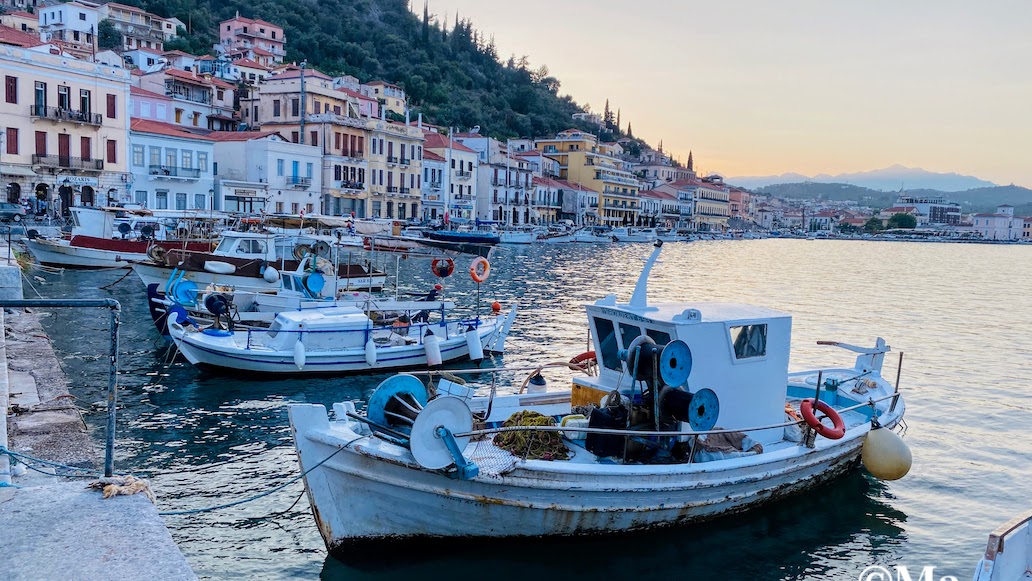
There in every postcard-perfect picture of Greece, a bright red, green, and blue boat can be seen bobbing in the sea transporting the viewer for a brief moment to a favorite beach or a memorable Greek summer recreating the sound of the waves and the excitement of a trip to some unknown beach.
Known as “kaikia”, these handmade wooden masterpieces have for centuries stood witnesses to the country’s long seafaring tradition, which is an integral part of Greek heritage.
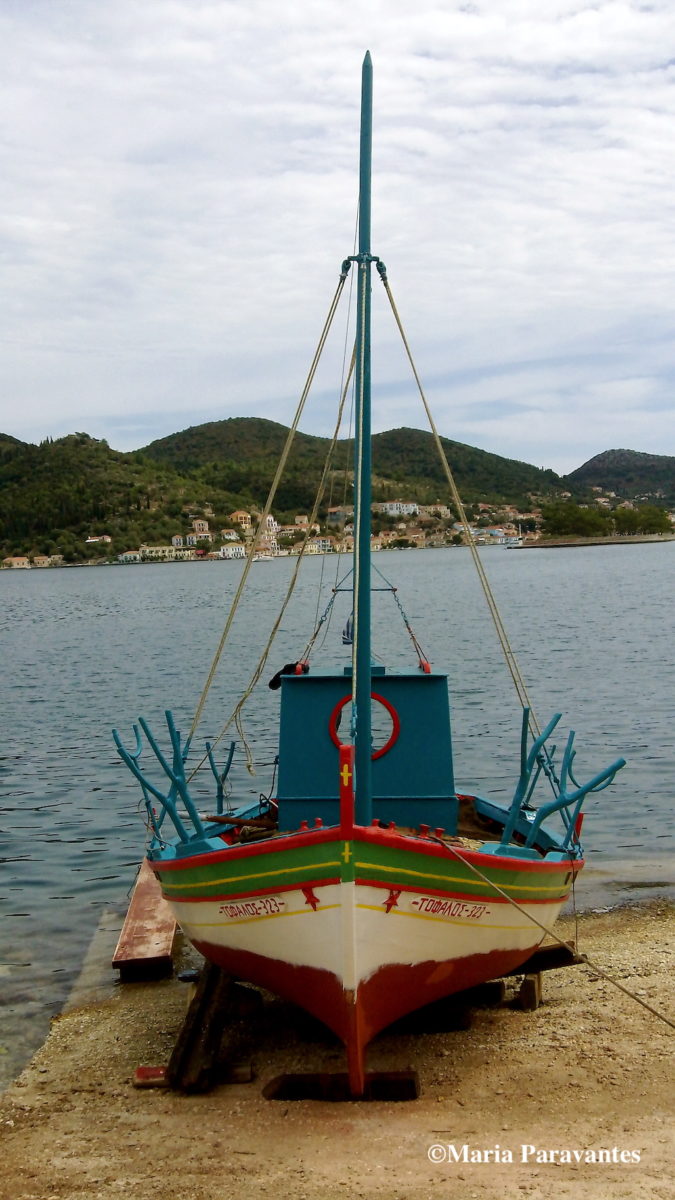
Sadly, however, these works of art are being destroyed after the European Union decided in 1983 subsidize fishermen to scrap their boats.
The initial reasoning behind this questionable decision was to tackle overfishing.
Nearly a decade later, in 1996, the EU told fishermen to quit their professions and destroy their boats. The sad result? Hundreds of Greece’s beautiful (and perfectly sound) vessels have ended up in scraps in landfills.
As crazy as it may seem, the EU has spent at least 46 million euros (in subsidies to fishermen) to demolish hundreds of decommissioned caiques and traditional fishing boats instead of funding the preservation and continuation not only of Greece’s maritime tradition but those of many other member states as well.
At the same time, the decision also led to the extinction of related boat craft professions which for decades fed and educated Greek families on remote islands and at coastal villages.
And the damage does not stop there. Greek officials did absolutely nothing.
This is the same country that tells the tale of its most important hero – Odysseus (Ulysses) who sailed on a Greek boat for 10 years battling one-eyed giants, sirens and witches to reach his home Ithaca.
This is also the same country that bore us Nobel Prize (1979) winning poet Odysseas Elytis, who summed up all that Greece is in five verses:
“If you take Greece apart,
In the end you will be left with
an olive tree, a vineyard and a boat…
which means that with these items
you can rebuild Greece…”
Odysseas Elytis
#Savekaikia Brings Greek Boats to the Spotlight
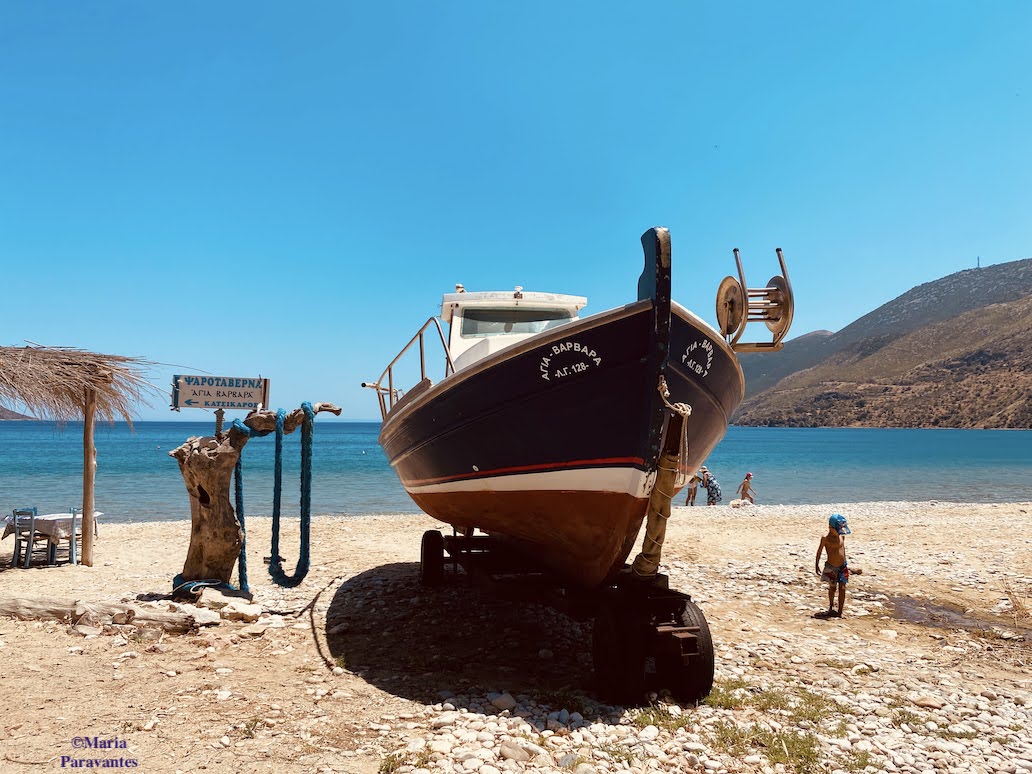
In 2018, the #savekaikia campaign was launched in Greece as a last-ditch effort to stop the destruction of these treasures that once proudly roamed the seas now facing a bleak future.
I can only remind that what made Greece the highly-sought after destination it is today was its quant fishing villages on the islands and mainland which lived off fishing and sponge diving.
The simple beauty of the sea, the small huts or “syrmata” where these boats spent their winters sheltered from the cold gale-force winds, and the tiny whitewashed homes of their owners are what attracted and still attract millions of visitors to Greece. Many of today’s popular seaside destinations on the Greek islands were several decades ago only humble “resting spots” for kaikia.
► The Enduring Legacy of the Authentic Cretan Knife
A Wrong that Must Be Made Right
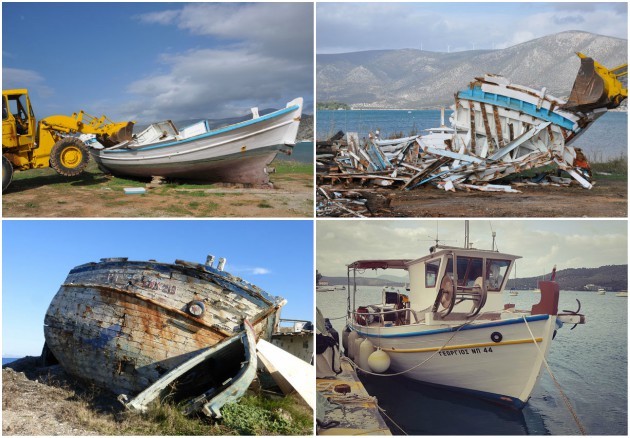
Besides the EU’s irrational decision which failed to consider the importance of the kaikia tradition for Greece, decades of inactivity on the part of Greek officials led to the destruction of thousands of handmade wooden boats.
According to the Traditional Boat Association of Greece, more than 13,000 Greek boats were destroyed between 1991 and 2017, the majority of which traditional wooden kaikia boats made by hand at Greek shipyards.
In an attempt to stop the madness and to raise awareness about the importance of safeguarding the country’s seafaring heritage, #Savekaikia was launched.
The campaign urged government officials to stop the EU-funded destruction of traditional fishing boats. #Savekaikia also called on Greek authorities at the shipping, tourism and culture ministries to take measures that will allow for these boats to be ‘reinvented’ and converted into vessels for tourism or pleasure purposes. It would make sense if one takes into consideration the fact that Greece has the longest coastline in Europe, the largest number of fishing boats, and one of the continent’s most enduring traditions in boat-making and professional fishing.
This happened and in 2023 the Panhellenic Association of Fishing Tourism for Professional Fishermen was set up which is working to set the foundations for the development of fishing tourism in Greece and enable professional fishermen to make an extra income by offering fishing trips to tourists. That way they can save their boats.
Joining the initiative is AB Felix, a company working with the Traditional Boat Association of Greece to fund and save these boats by refitting and selling kaikia as yachts, which the company says are “ideal for sailing in the short waves of the Aegean”.
In this direction, the Traditional Boat Association has also suggested offering incentives to boat owners to transform their vessels into recreational boats or to sell for private use in efforts to safeguard the country’s maritime legacy.
►Asclepius & The Ancient Wellness Centers of Greece
Greece’s Seafaring Heritage
Greece’s seafaring tradition dates back to ancient times. Ample evidence was found in this direction in 1967 by an archaeology professor from Indiana University, who discovered inside the prehistoric Franchthi Cave remnants suggesting long distance sea journeys, including obsidian from Milos island and tuna bones, among others.
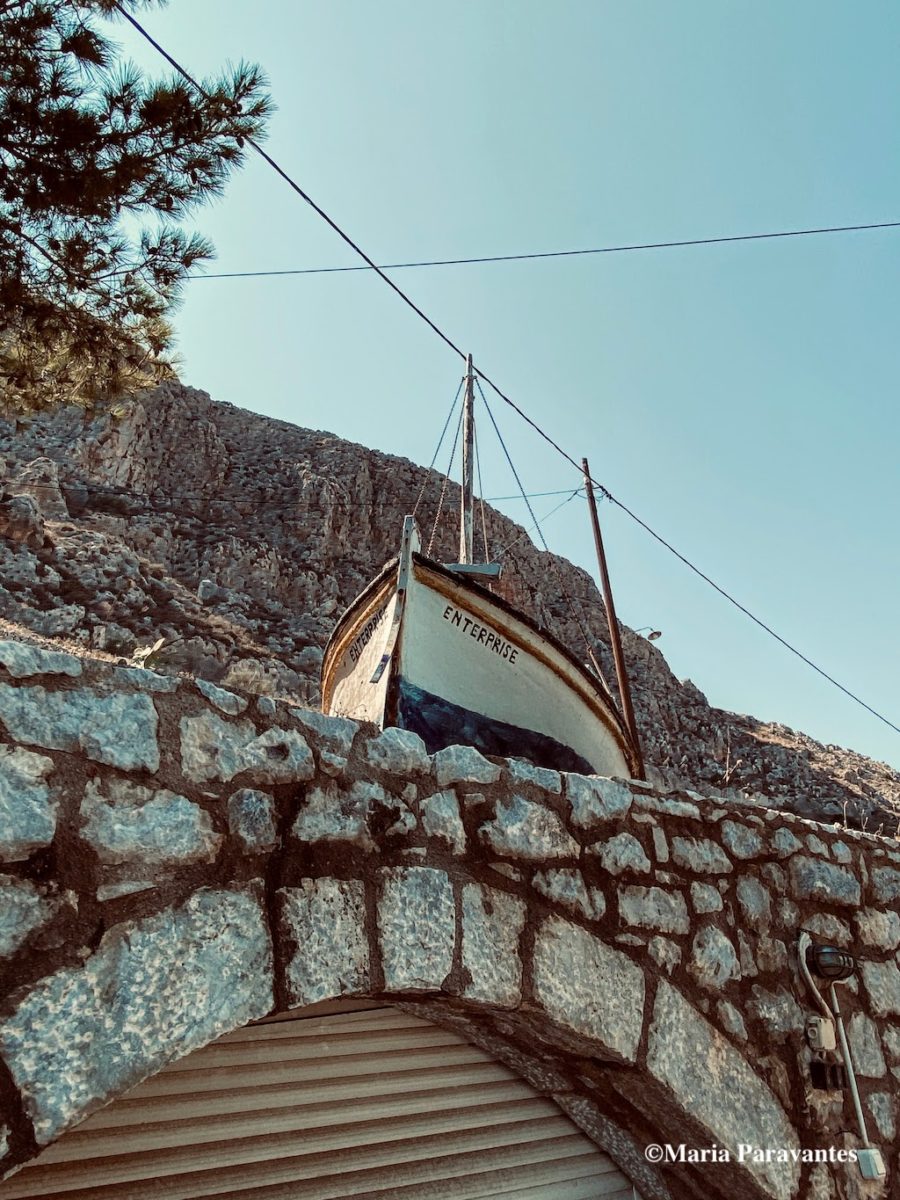
T.W. Jacobsen carried out excavations in the cave, which dates back to the Mesolithic period, or is over 40,000 years ago. His work at the archaeological site which is near the fishing village of Kilada in the Argolic Gulf in the Peloponnese, brought to light among others the oldest complete human skeleton in Europe, which goes as far back as 23,000 BC. Years later, in 2014, archaeologists confirmed that Franchthi Cave appeared to be the oldest human settlement in the world.
Backing Jacobsen’s finds is a 23-meter ship that has rested at the bottom of the Black Sea undisturbed for over 2,400 years. Archaeologists from the ongoing Black Sea M.A.P – Maritime Archaeology Project say the perfectly preserved ship dates back to 400-500 BC and is believed to be Greek. Due to the lack of oxygen, the ship – complete with mast, rudders and rowing benches may be the oldest ship ever discovered.
The long history of Greece’s seafaring heritage is also portrayed on the thousands of ancient vases and art works, in its oral tales the Iliad and the Odyssey as well as in the dozens of ancient shipwrecks that lay still under the waters of Alonissos, Cyprus, Kythera, Tzia, Fournoi, and Delos and which the culture ministry is aiming to make accessible to the public.
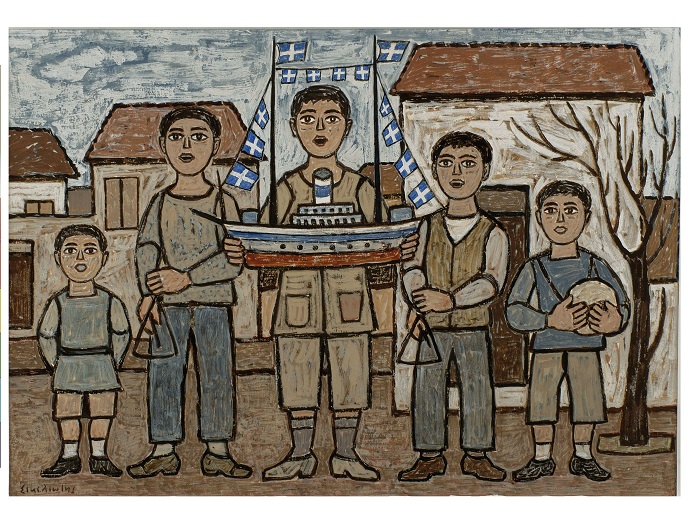
What’s more, up until the mid 1800s, Greeks particularly on the islands or along the coast traditionally decorated a kaiki boat – ‘the karavaki’ – for Christmas as it not only represented the country’s connection to the sea but was also paid tribute to the thousands of sailors at sea.
The Greek Christmas boat also symbolized the arrival of Christ’s love as well as our own new journey into life. The Greek Christmas boats were made by village children from wood and various items washed ashore and then carried around when they went carolling on Christmas Eve.
►Tsakonia: Still Speaking One of the World’s Oldest Languages
How to Save Greece’s Kaikia
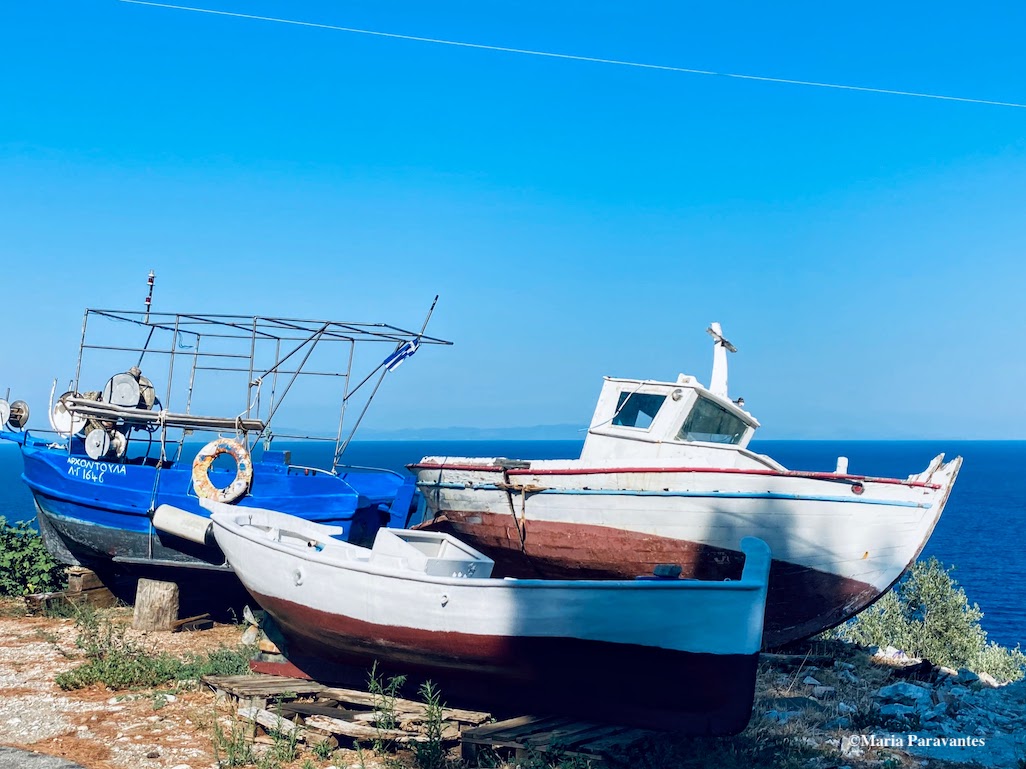
Every year, European cultural heritage federation Europa Nostra launches nominations for its “7 Most Endangered” program, which aims to heighten awareness with regard to heritage treasures across Europe that are threatened due to natural, human-related or climate change.
Europa Nostra encourages anyone or group knowing of an endangered heritage gem in Europe to nominate it for the 7 Most Endangered program.
The selected 7 Most Endangered heritage sites are eligible for an EIB Heritage Grant of up to 10,000 euros per site.
Besides raising awareness, the program – launched in 2013 with the support of the European Investment Bank Institute and the Creative Europe program – prepares independent assessments, proposes recommendations for action and seeks to rally support to save the selected endangered sites.
♬ I end today’s post with favorite Greek singer Giannis Poulopoulos in a song about our favorite kaiki which he will “equip” for smooth sailing in the seas of love: “Trechantiri tha Armatoso” – with music by Mimis Plessas featuring in the 1969 film “I Pariziana”.
Enjoyed this Post? Share and Pin it!
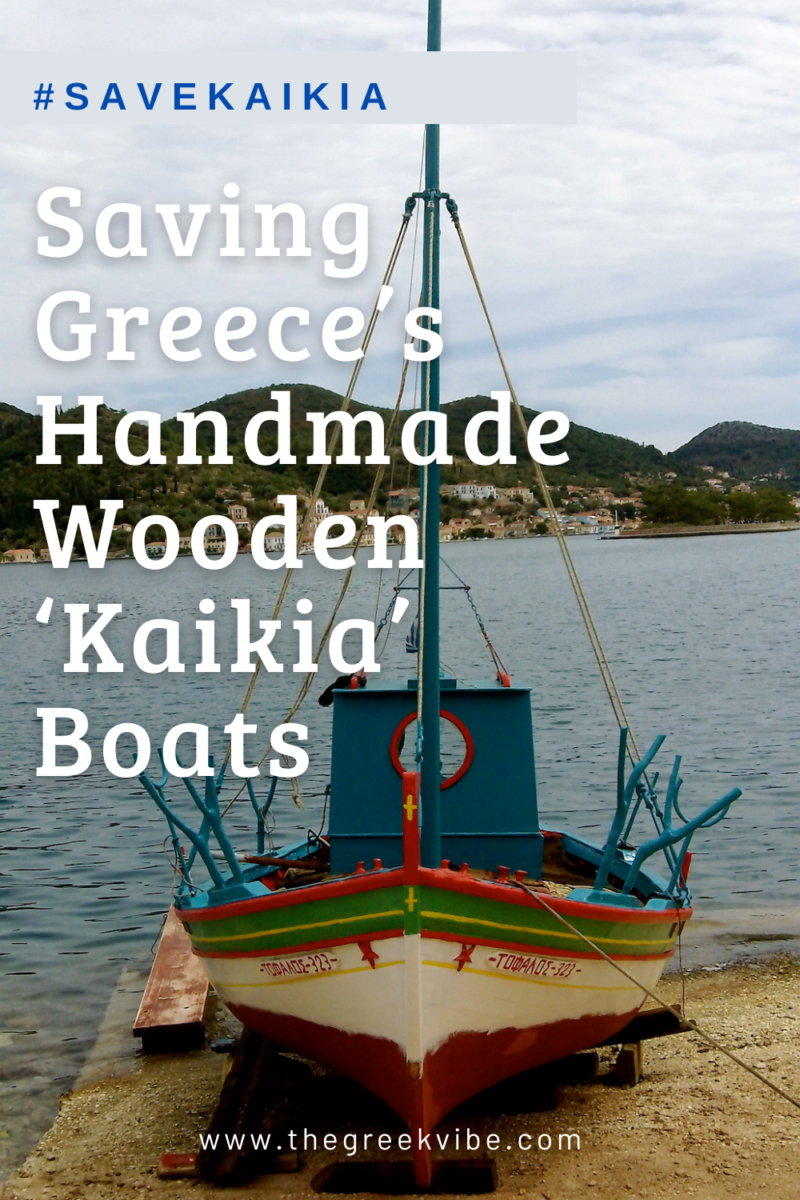

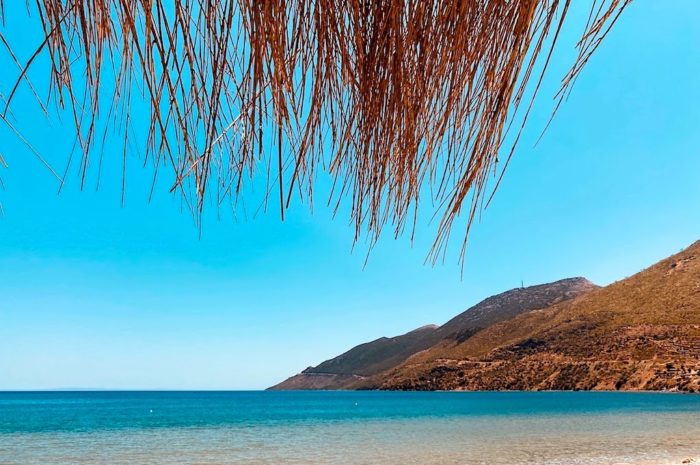
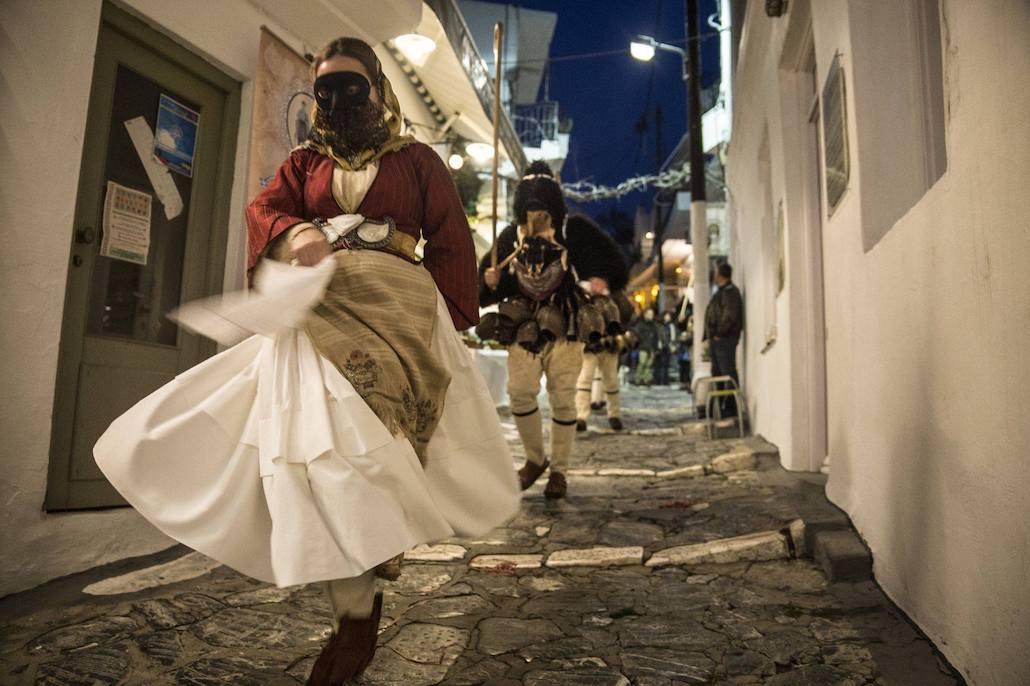
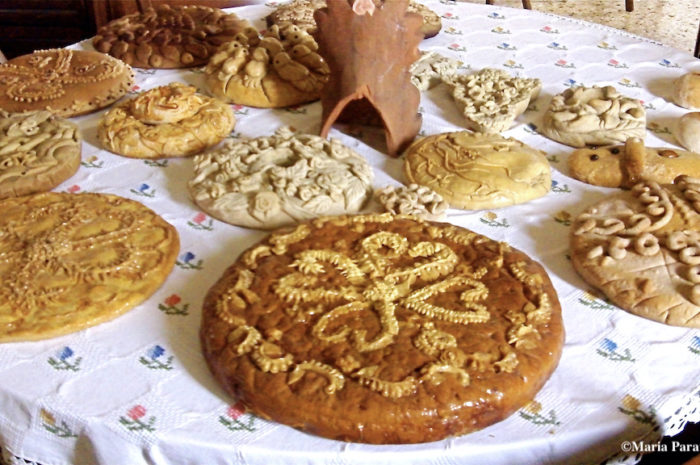
This is horrible, The EU is run by a bunch of dictators from Brussels.. its ridiculous,
I dont understand how the greeks would listen and just obey the demands of such a handful of corrupt and delusional politicians..
is there a site where its possible to buy any of these boats? or any contacts that you know in greece? i would love to have one before the world destroys them all…
Hope to hear back from you,
Kind regards,
Arion
Arion, yes, it is a sad state of affairs. Unfortunately, Greek authorities did nothing to preserve traditional Greek boat making practices unlike other EU countries which have even made museums dedicated to the craft.
Im sure i can buy it from an old retired fishermen i guess.. no way all boats are destroyed.. i hope
No, all boats were not destroyed, thankfully. But many were. You can still find many ‘retired’ boats in Mani and in some remote islands.
Oh, it is heartbreaking to learn that fishermen were being encouraged to give up their professions and destroy these beautiful boats! I hope that they can be saved. I’m just looking back at photos I took with kaikias in them basically to frame the shot but without realizing they’re endangered. As always, thanks for educating us!
Was the boat we took in Tourlida considered a kaikia? Wish we also had more time to learn about that community and the fish farms in the lagoons.
Hello Malia. Yes, it is indeed a very sad situation. Hopefully, this will stop. The boat we were on was more of a “trata” – a smaller fishing boat than the kaiki.